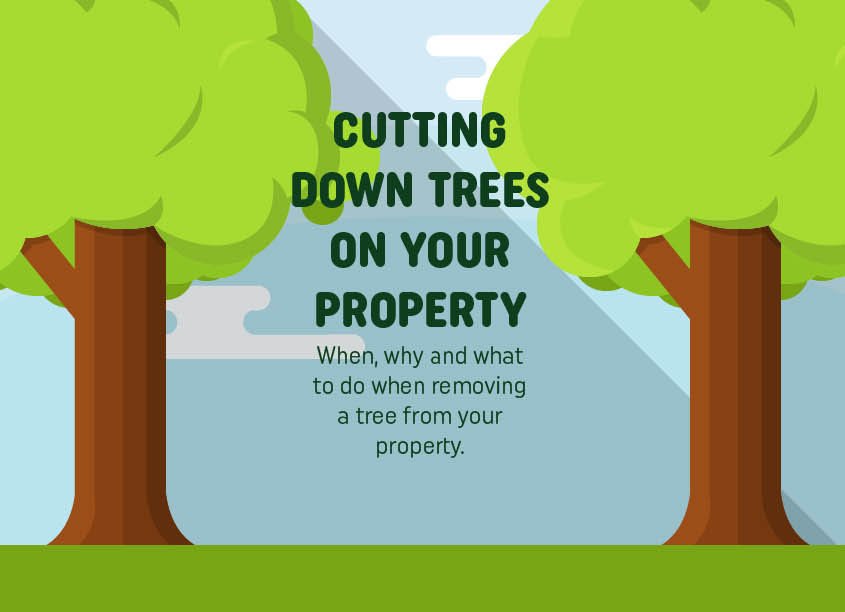Can You Cut Down a Tree in Your Garden Without Permission?
Whether you’re looking to cut down a tree in your garden or you have a tree that you want to cut down, you should find out first if you can cut the tree down without permission. If you do not have permission, you could face serious consequences. Fines or imprisonment, you’ll have to take measures to make sure you don’t get into trouble.

Get an attorney
Planning on cutting down a tree in your garden, or are already engaged in a tree dispute, it’s important to know your rights. If you cut down a tree, you could be held liable for damages to your neighbor’s property, or you may even be liable for the damage to your sewer line.
In your yard a tree that you think is a nuisance, contact your neighbor. Ask them if they have any information on how to resolve the issue. Otherwise, you can contact your local city agency to help you. If you can’t reach an agreement, you can try filing a lawsuit. In the same manner, in availability to resolve the issue, you may have to hire a lawyer to represent you. A tree removal professional can help to get away with trouble with removing trees from your garden.
A tree that is blocking your neighbors’ view of the front of their homes, may have the right to have it removed. You can also try to work with your neighbor to resolve the issue, but you may have to go to court if you can’t agree on a solution.
Contact the owner of the land
Getting tree pruning in your garden is a great way to improve the look of your outdoor space, but it’s important to take the right steps. If you don’t, you could end up costing your neighbors a bundle in replacement costs. It’s a good idea to get the owner’s permission before you start.
You don’t have to be a tree expert to know that the most important component of pruning a tree is identifying its owner. The surveyor can tell you if the tree is yours or not. If it is yours, you’re in luck.
Trees are an important part of the ecosystem, but they can be a nuisance if they grow too close to your home. If you want to get rid of a tree in your garden, you should check the local rules on pruning. Some municipalities require a minimum height and diameter of a tree before you can get rid of it. You can also check with your neighbors to see if they have any objections to having a tree pruned in their garden.
Find out if the tree is a city tree
Identifying your tree’s ilk is no small feat in the dark. One of the best ways to find out is to ask your neighbor what their tree is and in which direction it belongs. If your neighbor is a city employee they should be more than happy to give you the deets. Or else you’re on your own. Lastly, you’re probably looking to make a change of scenery. Most cities have a thriving community of residents who enjoy gardening. Some may be willing to share the fruits of their labor. For a neighbor that has a yard full of shrubs and shrubbery, you might have to scoot a little to keep the peace. The trick is to keep the neighbors in a good mood while enlisting them in your gardening mission.
Fines for illegally removing a tree
Depending on the state you live in, you may be able to file a claim against illegal tree cutters. In some cases, this can mean a fine of up to $15,000 and a criminal charge. In other cases, you can sue for punitive damages.
In some states, you must obtain a permit to cut down a tree if the trunk is four inches or more above ground level or if it has a circumference of 56 inches or more. You can also get a permit to cut down a heritage tree or a tree with a diameter of nine inches or more. For example, you need to get a permit for oaks and other types of trees.

